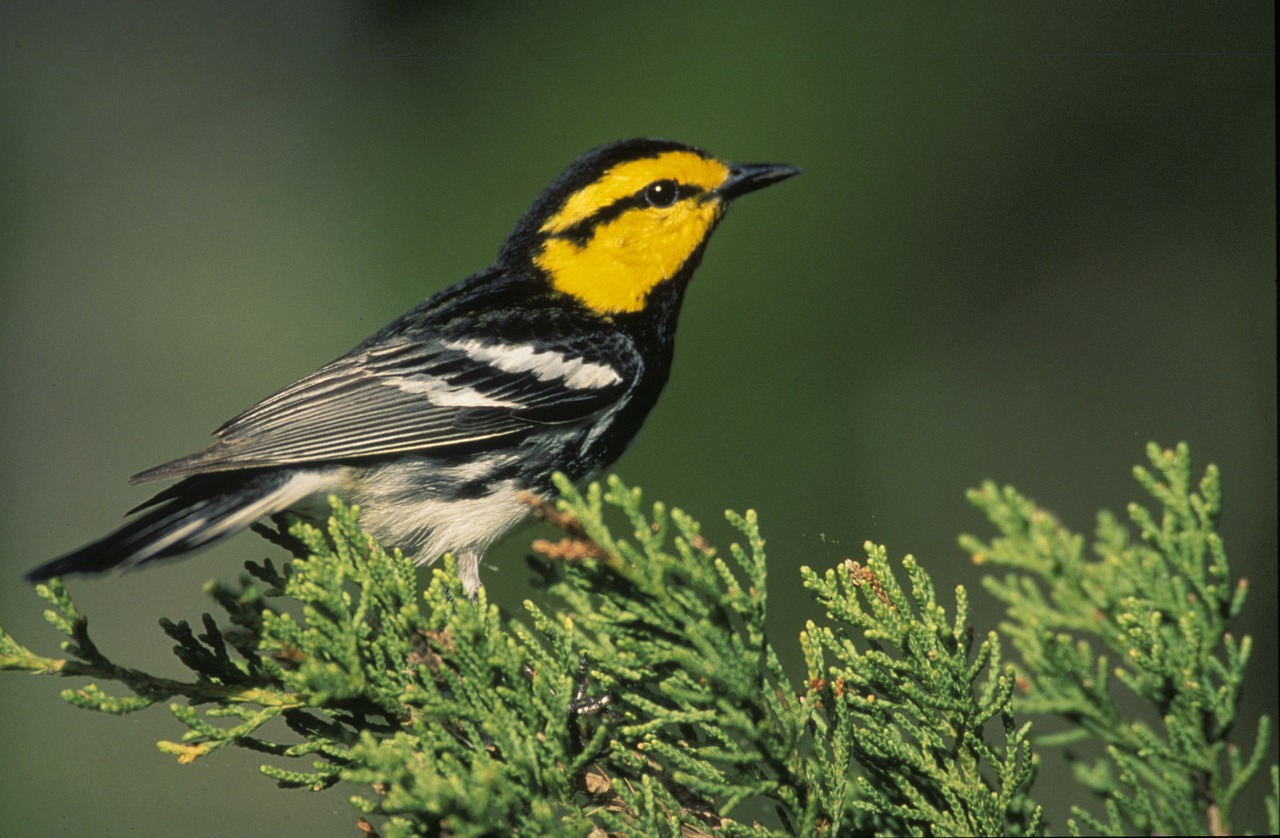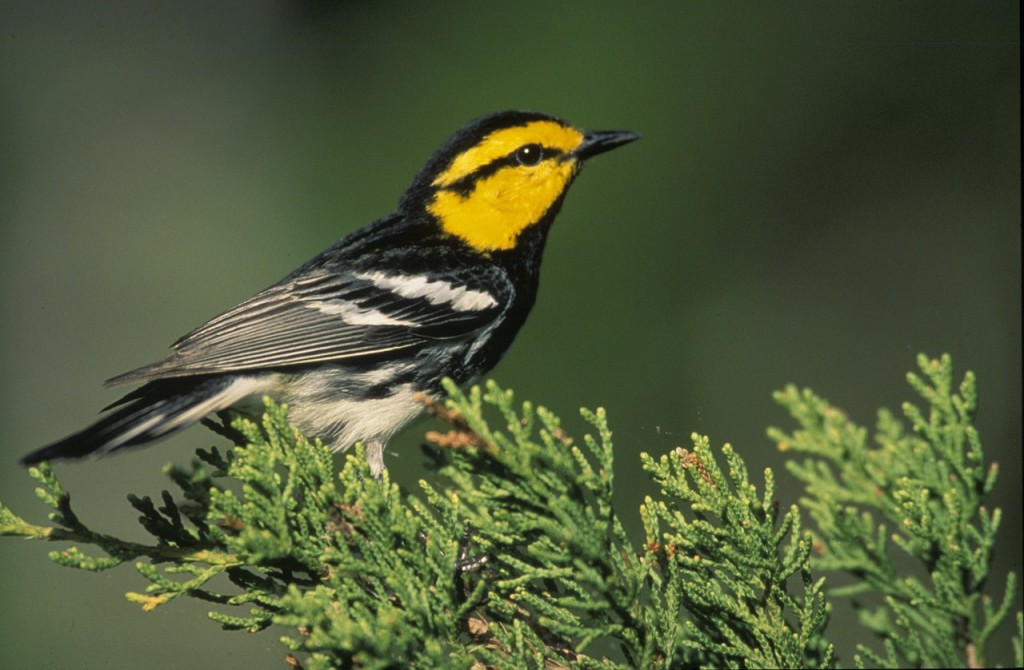
Being one with nature doesn’t mean you have to go into the middle of the forest and live in a tree — or an abandoned bus in the backcountry of Alaska, à la Emile Hirsch as Chris McCandless in “Into the Wild.” All you have to do is design your outdoor spaces for optimal nature friendliness. Using the following tips, you can break down the barriers between you and nature to achieve nirvana.
Bring in the Birds
To attract birds to your backyard, you must provide the three essentials: food, water and shelter. Bird feeders and birdbaths are easy additions you can make and will draw in all kinds of local and migratory birds; however, there are certain birds you probably don’t want coming around (i.e. pigeons), so make sure you’re attracting the ones you want. For example, pigeons typically eat from the ground, so instead of scattering bird seed in the yard, buy or build a gravity bird feeder to hang from a tree branch and attract pretty songbirds and colorful lovebirds. Also, you can draw hummingbirds to your yard by planting azaleas, lantanas and petunias.
No More Walls
How can you be truly nature-friendly if your backyard is closed off from nature? That’s right, you can’t. So it’s time to get rid of the walls and let insects and animals roam freely. However, this idea will only work if you have a large plot of land to yourself and/or neighbors who are onboard with your plan to get closer to nature. By bringing down walls, you allow squirrels, birds and bunnies (oh my!) to meander from yard to yard and perhaps even set up homes.
If you’re a dog owner, you might be wondering how no walls would work for your pups who spend a lot of time playing in the yard. Use an electronic dog collar that emits harmless but effective corrections when your dog steps out of the boundaries you set. Investing in this training tool is not only the perfect way to open up your yard for nature to come in, but it also buys peace of mind that your dog won’t wander away when you’re not watching.
Chemical-Free Zone
The best way to repel nature is to use chemical pesticides or soil with chemicals in your yard. Chemical pesticides ward off pests, but they also kill beneficial organisms and, over time, many pest species develop resistance to the chemicals anyway. If you have a garden, there are plenty of non-toxic homemade pest repellants that are inexpensive and will not poison your produce or the beneficial critters you’ve welcomed. Homemade sprays are noxious, but non-toxic, and typically include garlic, cayenne, stinging nettles or horsetail diluted with water. Check out nontoxic recipes for repelling soft-bodied insects, mildew, lawn and garden grubs, and more. Just put them into your backpack sprayer and you’re ready to go.
Note: remember that even non-toxic sprays that kill harmful insects can potentially kill beneficial insects. Eartheasy recommends selective use of sprays, only spraying the infected plants. Also, it’s best to apply in the early morning or at dusk and to re-apply after it rains.
From welcoming birds and other wildlife to open spaces and toxin-free pesticides, use these suggestions to get closer to nature from your own backyard. Not only will you be fulfilled in your surroundings (surroundings that are perfect for meditation), you might even make some new furry friends in the process.



